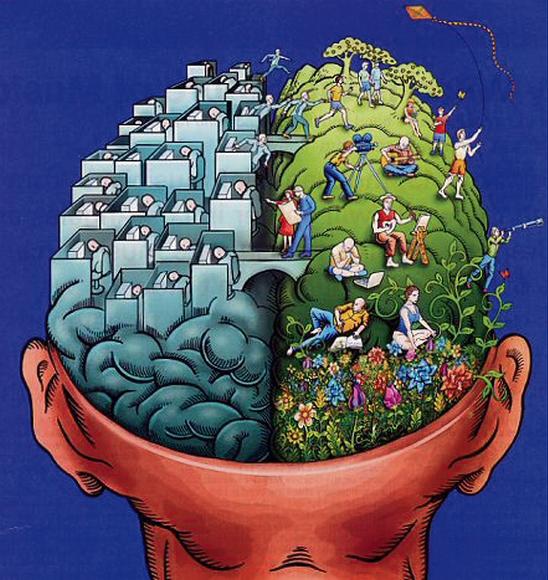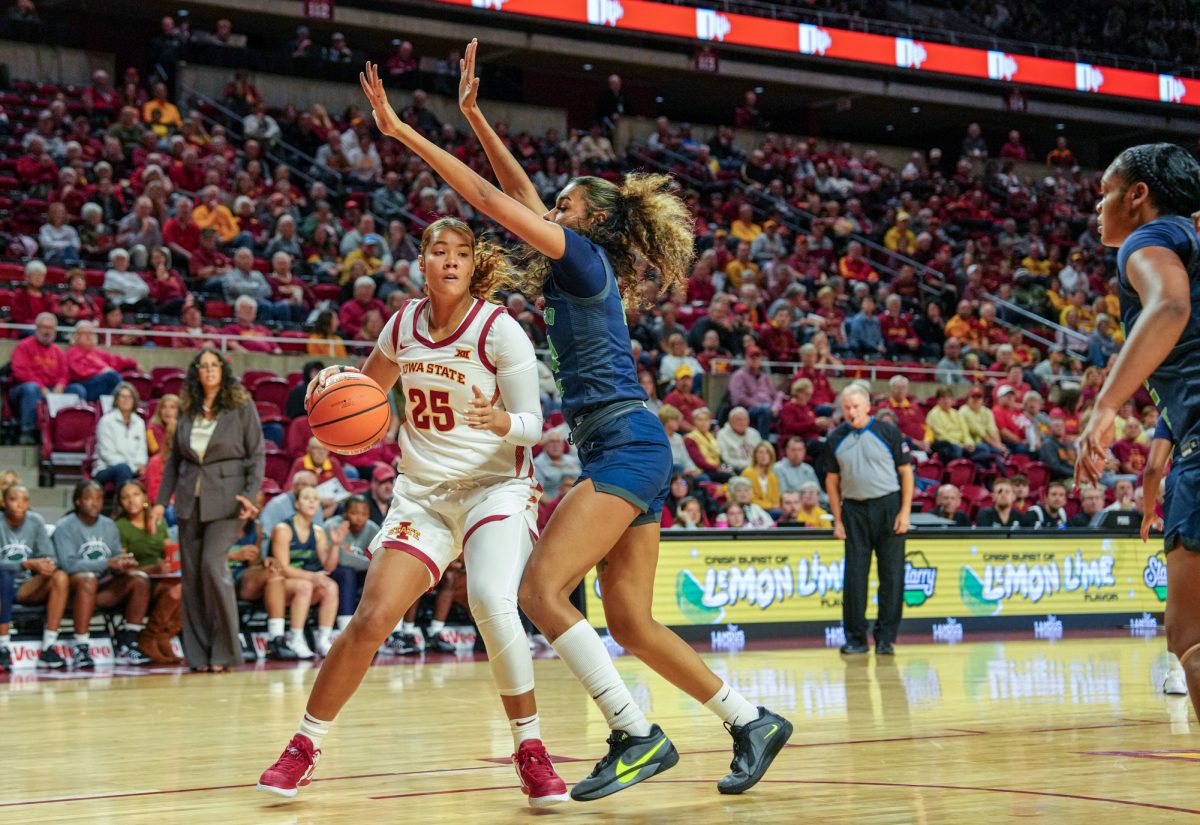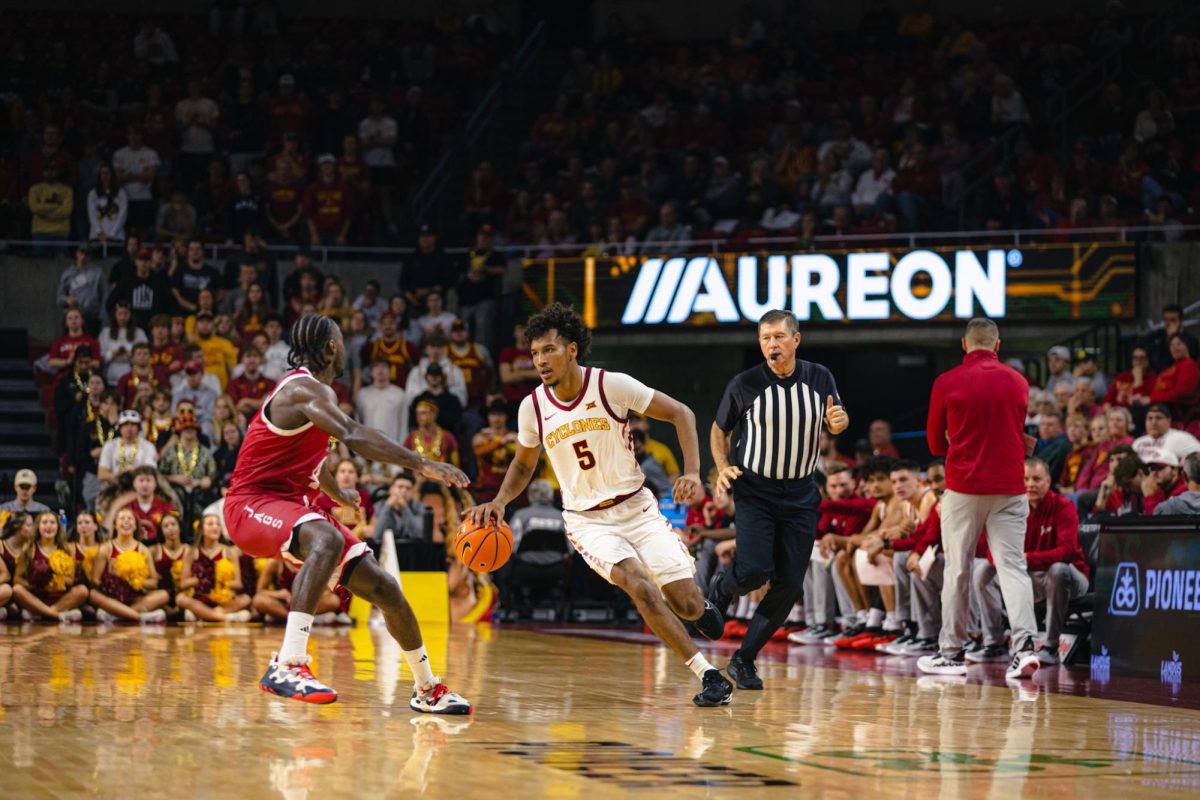Choosing the right sports drink
March 9, 1998
Editor’s note: “Fitness Facts” is a weekly exercise and fitness column that runs on Mondays.
Q: What type of sports drink is the best one to use when I exercise, or is plain water enough to keep me hydrated?
A: According to Nancy Clark, M.S., R.D., water is the ultimate nutrient. With high-tech sports drinks flooding the market, it’s easy to forget just how perfect water is to a sports diet. Water is essential for your body to function properly.
Here are some essential functions water has in your body:
- In saliva and stomach secretions, water assists in food digestion.
- In body fluids, it helps lubricate joints and cushion organs and tissues.
- In blood, it transports important nutrients and hormones, as well as oxygen to the working muscles, taking away waste products like lactic acid.
- In urine, it carries waste products out of your body.
- In sweat, it removes the body heat you generate during exercise helping to cool your body.
A lack of water interferes with your body’s ability to function at it’s best.
If you feel thirsty, you’re probably already a little dehydrated. This is why extremely active athletes should drink water even when they aren’t thirsty.
You need to drink enough water to replace the amount you lose in your urine, sweat and the air you breath. Even those who don’t exercise lose about 36 ounces of water a day.
According to Clark, your body needs about 1 mL of water for every calorie you expend.
If you are active and burn 4,000 calories a day, you’ll need to replace about 4 quarts of lost water per day.
To determine if you’re drinking enough water, monitor your urine and if it is clear-colored, you are drinking plenty of water.
The manufacturers of sports drinks have figured out that if it tastes good, people will drink it.
People tend to drink more sports drinks because they taste better than water.
The body absorbs sports drinks well, so they tend to get into the system slightly faster than water. But, unless you are active in endurance activities longer than 60 minutes, you probably don’t need a fluid replacement other than water.
Remember, water is 100 percent natural, contains no fat, no calories, is low in sodium, is free and is virtually pure. Make sure you drink enough to stay hydrated.
Q: What are the optimal sets and reps needed to get larger muscles when working out in the weight room?
A: The American College of Sports Medicine (ACSM) added resistance/strength training to their 1990 position statement to address the healthy adult population’s need for a balanced exercise program.
Working major muscles in order to decrease fat and increase lean tissue offers many benefits to most adults. Increased size and strength of tendons and ligaments, as well as increased bone mineral content and increased intramuscular fuel stores, are all positive changes in a body in training.
However, considerable controversy exists regarding the amount of sets and reps required or necessary to gain muscle fiber size and strength.
It has been suggested that muscle fibers “hypertrophy” or increase in size with low volume and high loads. There is no best program to suit every individual in resistance training.
General guidelines dictate that for:
- hypertrophy= perform 3-5 sets of 8-20 reps with low intensity.
- strength= perform 3-5 sets of 2-6 reps with high intensities.
- power= perform 3-5 sets of 2-3 reps at high intensities.
Periodization or cycling is defined as manipulating acute program variables over time.
In other words, changing the workout is important to prevent physiological and psychological staleness, injury and overtraining.
Allow adequate rest intervals between sets. For example, at 40 to 60 percent of 1 RM at 20+ reps, allow 0 to 30 seconds of rest between sets. At 70 to 80 percent of 1 RM at 7-19 reps, allow 1 minute of rest. Finally, at 85 to 90 percent of 1 RM at 2-6 reps, rest for 2 to 3 minutes between sets.
Above all, use safe lifting techniques and don’t forget to include aerobic activity in order to maintain a healthy cardiorespiratory system.






